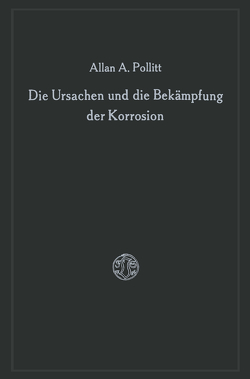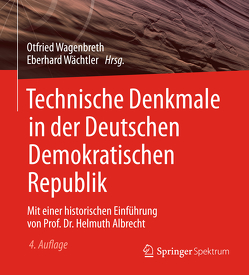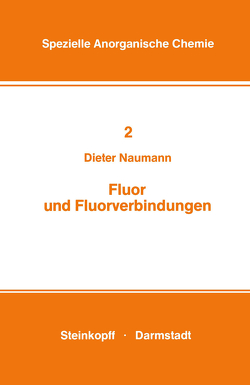Studien zum Bronzeguss und zur Keramik im mittelalterlichen Lübeck
Ulrich Drenkhahn, Hans Drescher, Manfred Schneider
The volume contains four papers. H. Drescher deals with excavation results from Breite Straße 26 in 1983 related to a 13th-century metal workshop for casting pipkins, bells, and tin as well as smithing copper and iron. Features were scarce, but finds very rich and comprising moulds, funnels, lids, evidence for up to 300 pipkins, altar candlesticks, small bells, a lion-shaped jug, and incense burners. This is followed by ovens, hearths, slags, crucibles, ingots, raw material, roughouts and misruns [e. g. buckles], casting headers and waste, wire and sheet metal scraps, and finds made of tin, lead, cast iron, steel etc. On this basis, questions of shaping and casting technique and the scale of production are answered. Next, there are comparisons with other foundries in Lübeck, Rostock, Magdeburg, Odense, Visby, and Uppsala. Metal analyses, historical crafts codes, and early encyclopaedias provide additional information. Three articles by U. Drenkhahn discuss pottery from tradesmen’s and craftsmen’s quarters in Lübeck, the “rote Irdenware” [red unglazed ware] of the 12th/13th centry, and first local glazed wares. They connect to his pottery chronology of LSAK 29 and clarify the results obtained there.



































